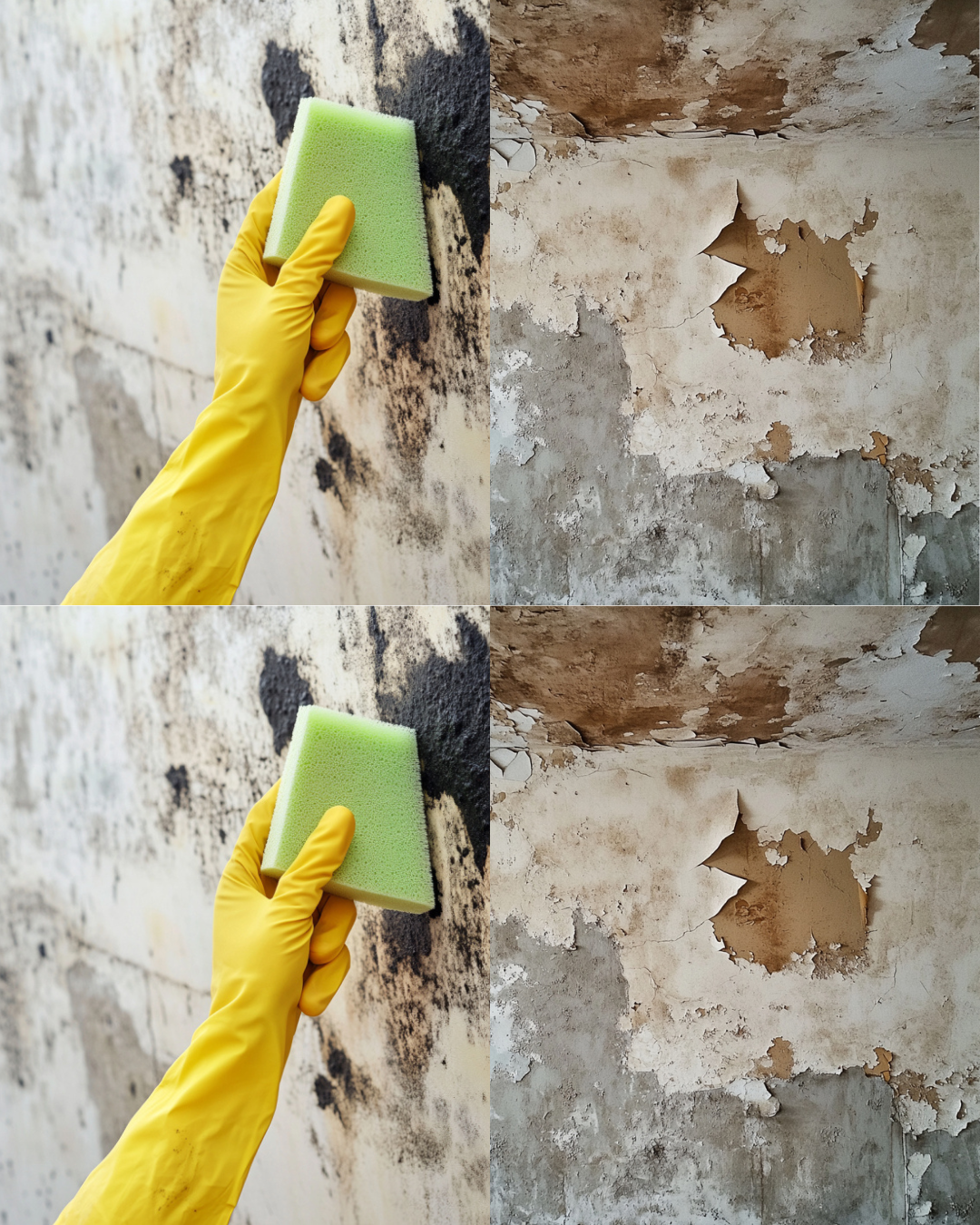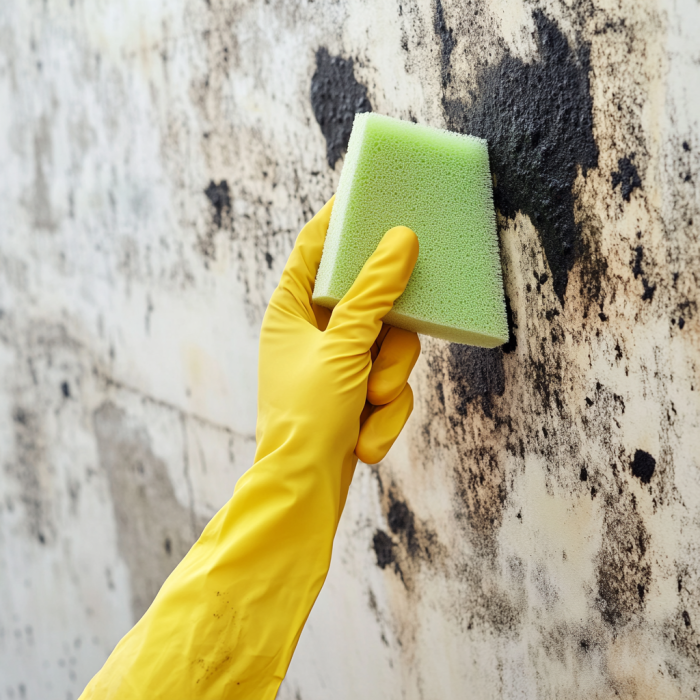If you’re dealing with dampness in your home, don’t worry! In this comprehensive guide, we’ll explore effective ways to eliminate dampness and make your living space comfortable and dry.
Dampness in your home can lead to various issues such as mold growth, musty odors, and compromised indoor air quality. This article will outline practical solutions to help you deal with dampness, keeping your home dry and healthy. Whether you’re facing condensation problems, leaks, or poor ventilation, we’ve got you covered with remedies and tips to solve these issues efficiently.
The Shocking Truth About Damp in the House and Its Effects
Dampness in the house can affect both the physical structure of your home and the well-being of its inhabitants. Damp areas promote the growth of mold, bacteria, and fungi, which can lead to health problems like respiratory issues, allergies, and asthma. In addition to these health risks, dampness can also cause permanent damage to your property. Walls, wooden furniture, and flooring may become warped or damaged over time due to constant exposure to moisture.
Why Dampness Shouldn’t Be Ignored
When dampness in a home isn’t addressed, it can worsen. For instance, mold thrives in dark, damp conditions, which are commonly found in areas like basements, bathrooms, and kitchens. These moist conditions not only damage your home’s aesthetics but can also weaken the structure of your house, creating an environment for insects and pests to thrive. As a result, addressing dampness early is critical to avoiding long-term damage.
How Damp in the House Affects Your Health
The impact of dampness extends beyond just the property itself. Exposure to damp, moldy conditions can lead to a variety of health issues, particularly for individuals with compromised immune systems or respiratory conditions.
-
Allergies and Asthma: Damp conditions create the perfect environment for mold spores, which are known allergens. Inhalation of these spores can cause allergic reactions such as sneezing, coughing, and difficulty breathing.
-
Respiratory Issues: Prolonged exposure to dampness can worsen asthma and other respiratory conditions. This is especially concerning for children and the elderly.
-
Skin Irritations: Some individuals may experience skin irritations or rashes due to constant exposure to damp environments.
How Dampness Works: The Science Behind the Problem
Dampness usually occurs due to excess moisture in the air or water infiltration. There are several key factors contributing to dampness in the home:
1. Condensation:
Condensation happens when warm air meets cold surfaces, leading to the formation of water droplets. This is common in kitchens, bathrooms, and areas with poor ventilation.
2. Leaks:
Water can enter the home through leaks in the roof, walls, or plumbing. This moisture accumulates and causes damp patches on the walls, ceilings, and floors.
3. Poor Ventilation:
Homes with inadequate airflow are more prone to moisture build-up. Proper ventilation allows moisture to escape, keeping humidity levels in check.
4. Rising Damp:
This occurs when water rises through the walls from the ground, typically in older homes with damaged or missing damp-proof courses. Rising damp can cause significant damage to walls and floors.
Easy Ways to Use This Remedy for Maximum Results
Now that you understand the science behind dampness, let’s dive into effective remedies that can help you eliminate it. Here are some of the best practices:
1. Improve Ventilation:
Proper airflow can significantly reduce dampness in the home. Ensure that rooms like kitchens and bathrooms have adequate ventilation by using exhaust fans or opening windows regularly. If the problem persists, consider installing a dehumidifier.
-
Tip: Ensure your attic and basement have proper ventilation as well. Moisture can accumulate in these spaces, causing long-term issues.
2. Fix Leaks Immediately:
Water leaks should be repaired as soon as they are discovered. Check your roof, plumbing, and windows for potential sources of leaks and seal them promptly. A single leak can cause significant moisture accumulation over time.
-
Tip: Regularly inspect pipes, gutters, and windows to catch leaks early.
3. Use Damp-Proofing Solutions:
If rising damp is an issue, applying a damp-proof membrane or coating to your walls may be necessary. This prevents moisture from seeping through and can be especially useful in older homes with aging foundations.
-
Tip: Consult a professional to determine the best damp-proofing treatment for your home.
4. Dehumidifiers and Absorbents:
Dehumidifiers are effective in reducing humidity in damp rooms. Place dehumidifiers in areas like basements and bathrooms to keep moisture levels low. You can also use moisture absorbers, such as silica gel, to reduce moisture in smaller spaces.
-
Tip: Keep the humidity level in your home between 30% and 50% to prevent excess moisture build-up.
5. Clean Mold and Mildew:
If mold has already started to grow, clean it using a mixture of water and vinegar or hydrogen peroxide. For larger infestations, consider professional cleaning services. Ensure the affected area is thoroughly dried afterward to prevent the mold from returning.

-
Tip: Always wear protective gear, such as gloves and a mask, when cleaning mold.
Expert Tips to Supercharge Your Dampness Remedy
To ensure long-term effectiveness in dealing with dampness, consider these expert tips:
1. Control Indoor Temperature:
Maintaining a stable indoor temperature helps prevent condensation. Keep the temperature consistent in colder months, especially in rooms like the bathroom and kitchen where condensation is common.
2. Use Moisture-Resistant Materials:
In areas prone to dampness, use moisture-resistant paints, flooring, and wall coverings to help reduce the impact of excess moisture.
3. Monitor Humidity Levels:
Invest in a hygrometer to monitor indoor humidity. If the levels exceed 50%, take action to reduce moisture through proper ventilation or the use of a dehumidifier.
-
Tip: Keep an eye on humidity levels in attics, basements, and other areas that often have hidden moisture problems.
4. Install Damp-Proof Course:
In homes with rising damp, a damp-proof course (DPC) is a crucial element to prevent moisture from traveling up walls. A professional can assess your home’s needs and install a DPC to stop rising damp in its tracks.
5. Landscaping Considerations:
Your home’s exterior landscaping can affect moisture levels inside. Ensure that the ground slopes away from the foundation to prevent water from pooling around your home. Also, regularly clear gutters and drains to prevent blockages.
The Biggest Mistakes People Make with Dampness
When dealing with dampness, it’s easy to make some common mistakes. Here’s what you should avoid:
1. Ignoring Small Leaks:
Even minor leaks can lead to significant moisture accumulation if left unaddressed. Don’t wait until the problem becomes severe before taking action.
2. Not Using Proper Ventilation:
Many homeowners neglect the importance of ventilation. Without airflow, moisture will accumulate, leading to dampness and mold growth.
3. Using Chemical Solutions:
While chemical damp-proofing solutions can be tempting, they are often only a temporary fix. It’s best to address the root cause of dampness rather than masking the problem with chemicals.
4. Overlooking External Factors:
It’s easy to focus only on internal sources of moisture, but external factors such as poor drainage or landscaping can contribute to dampness. Don’t ignore your home’s exterior when solving damp issues.
Final Thoughts: Why You Should Try This Remedy Today
Dampness in your home doesn’t have to be a persistent problem. By implementing these practical solutions, you can eliminate dampness and create a healthier, more comfortable living space. Early intervention is key to preventing long-term damage, so don’t wait until the issue worsens. Take action today to safeguard your home and your health.
For more interesting tips, you can see here www.sotastyrecipe.com/tips. And for recipe lovers, you can check my friend’s blog here www.infloin.com.
